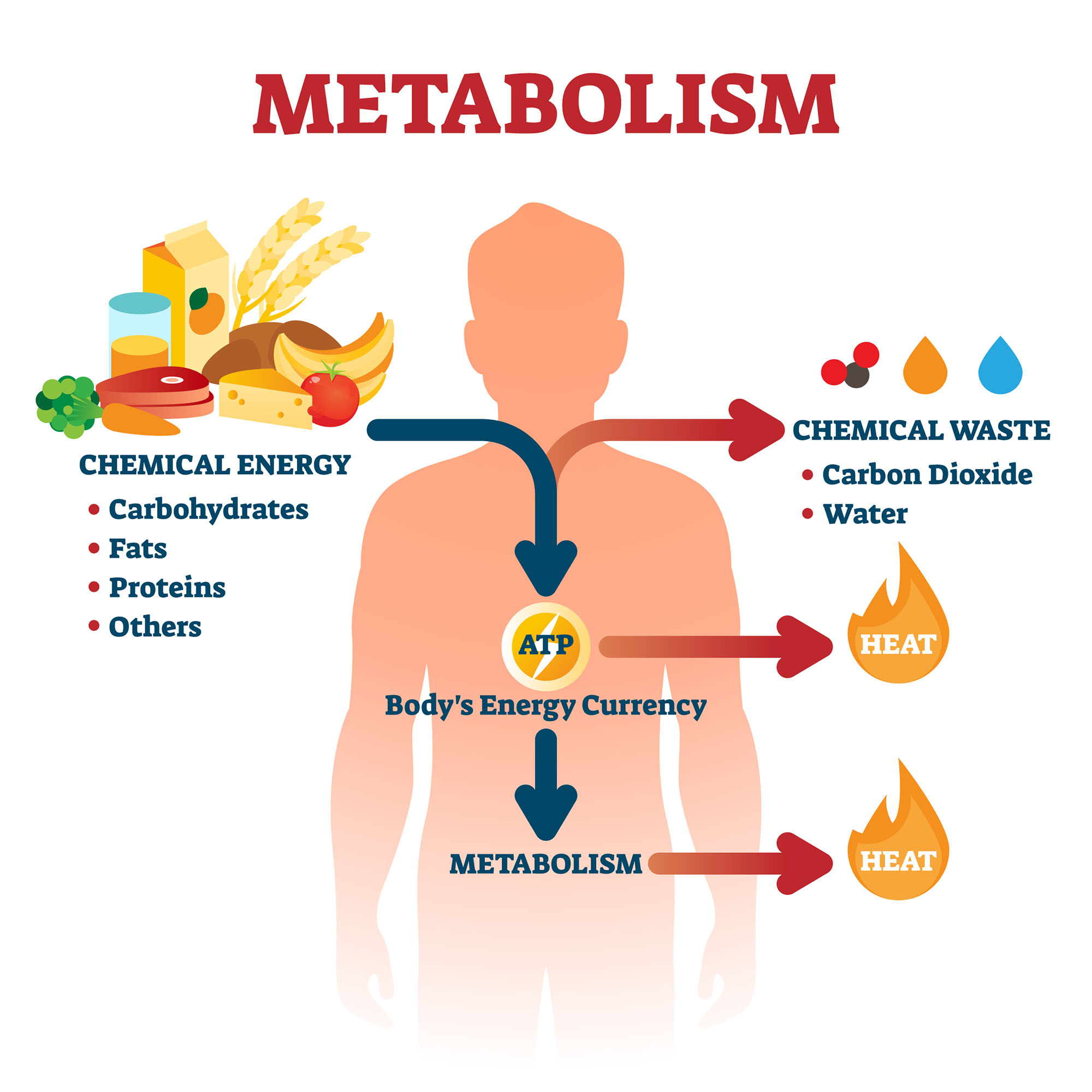It is a common misconception that exercising with a weight of substance will cause “bulking” or that once you age past 55 that you should avoid lifting weights.
The truth is, for the purpose of body fat management weight lifting significantly increases the rate at which the pounds and inches melt away while helping you keep the weight off, regardless of gender or age.
For the sake of perspective, the bodybuilder physique requires great genetic precision paired with exacting training and nutrition to achieve and maintain. So, this isn’t something that will incidentally happen as a result of picking up the dumbbells to get your sweat on.
Truly-defined strength training tends to fall by the wayside in many self-constructed weight loss programs because many do not understand the concept and find themselves doing light-weight, machine, or cardio exercises. The lack of efficiency with this approach often contributes to slow change and unmet goals.
Structured strength training that incorporates heavier weights and lower reps, stimulates lean muscle tissue growth. This, in turn, enhances metabolic function by increasing Basal Metabolic Rate and caloric expenditure through daily function.
Along with a host of other benefits, including increased bone density, joint stability, higher levels of endurance, increased energy, better posture & balance, and increased levels of daily function, strength training is a must for any accelerated weight loss program.
A good strength training program should include compound movements involving multiple muscle groups. To further amplify the benefits, these exercises can be done circuit style in a lower-body/upper-body sequence.
For example; squats – pushups – reverse lunges – shoulder presses are done in a successive order with minimal to no rest between. Repeat as many times as possible in 30 – 45 minutes.
The choice of load and rep range depends on your conditioning level, proficiency, and equipment used. Starting in the 12-15 repetition range provides significant benefits for building strength and boosting a fat-burning metabolism while being forgiving enough to limit risk.
Regarding equipment selection, body weight exercises can often be a great launch pad. From there, seek to utilize free-form modalities such as TRX, cables, dumbbells, barbells, resistance bands, kettlebells, weighted balls, etc. Avoid the machines, not only are they inefficient, the forced range of motion can lead to joint and movement mechanics issues.
After the first 6 to 8 weeks of training, you should begin increasing the loads to take the rep range down to 8 to 10 for 4 to 6 weeks. Then once again, increase the loads to take the rep range down to 6 to 8.
Always consult your physician before beginning any fitness or nutrition program, and do not be afraid to seek the advice of a certified professional for guidance or to provide you with appropriate programming suitable for your individual needs.
Joe Carson B.S. NASM-CPT/FAS/CN
Master Trainer/Functional Aging Specialist/Certified Nutritionist
Twenty-First Century Aging





